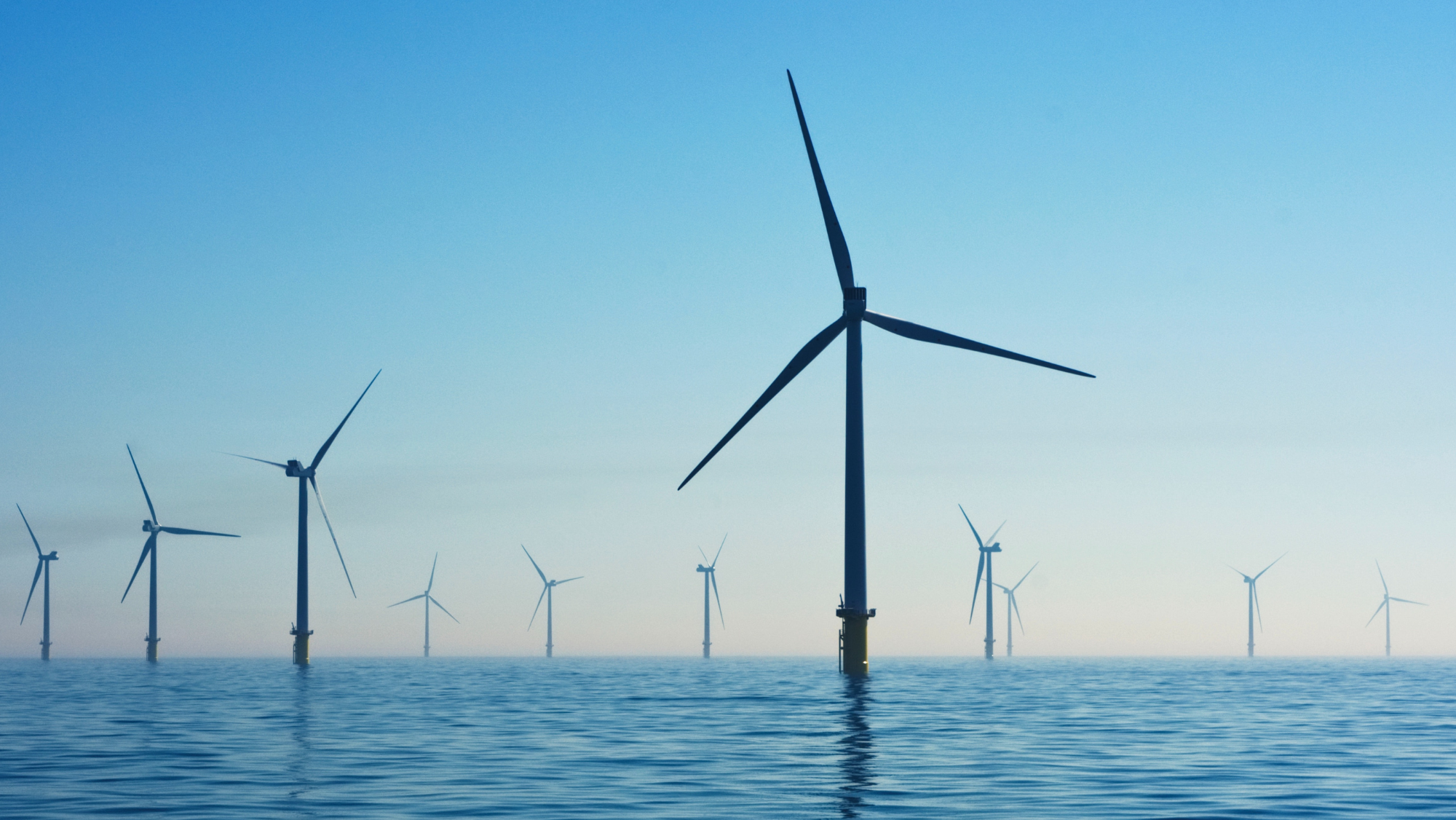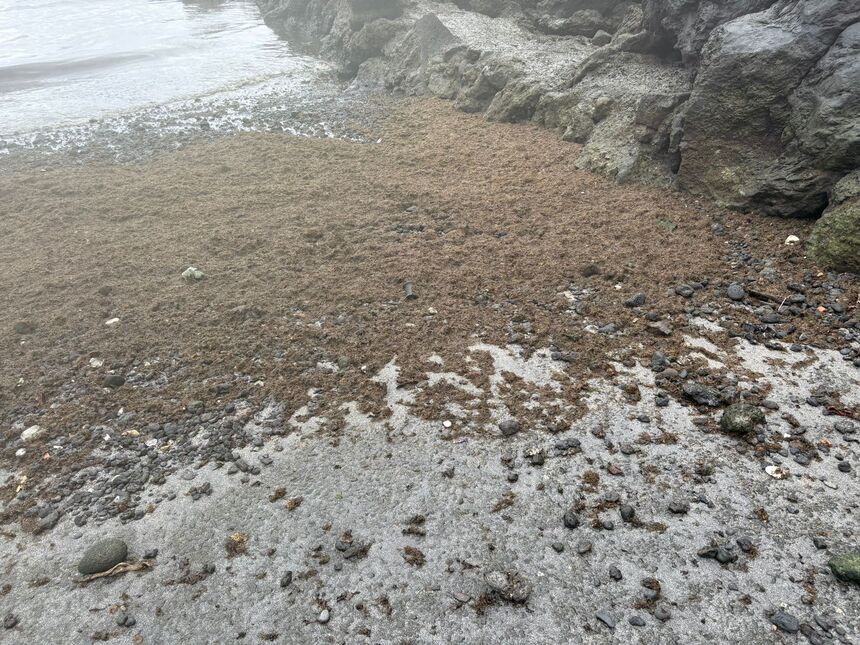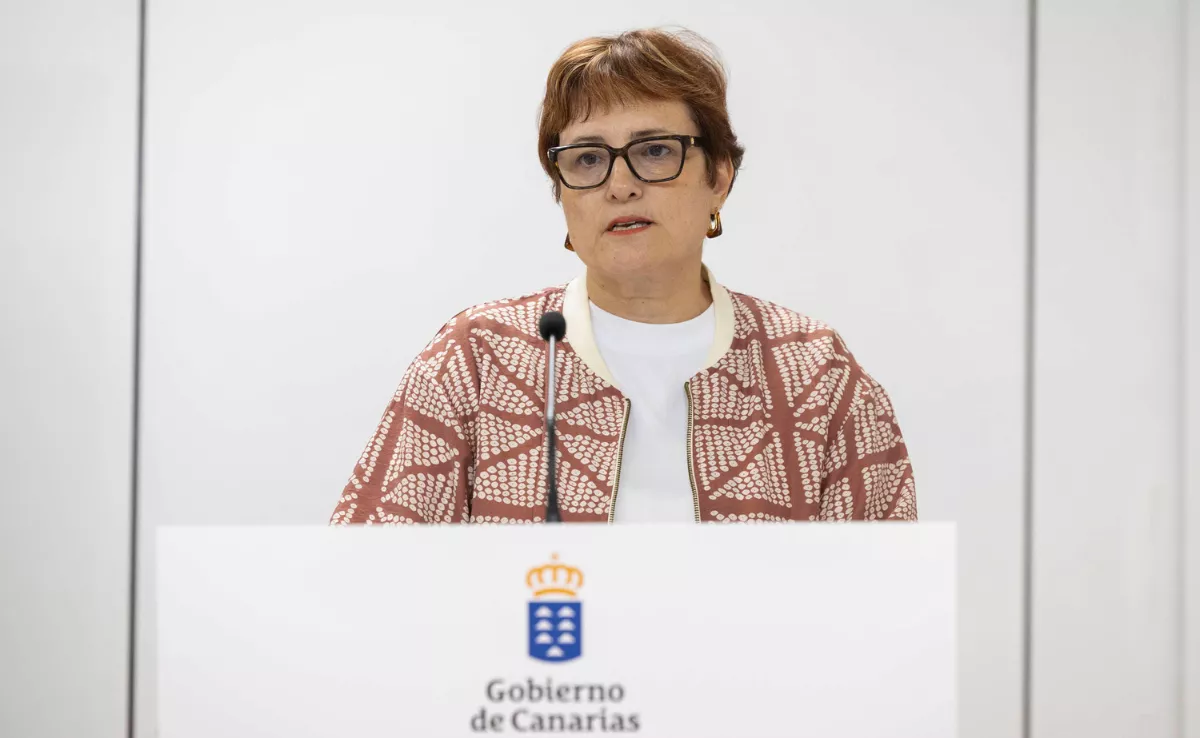Renewable Energy in the Canary Islands Shows Significant Growth

The share of renewable energy in the Canary Islands increased in 2024, now accounting for 20.81% of the total net electricity production, still far behind regions such as Castilla y León, Aragón, and Galicia, and the national target of 48% by 2030.
Beyond their proportion in the energy mix, 2024 marked a year of record megawatt production through clean energy in the Canary Islands, with an 8.3% increase, while production from petroleum derivatives decreased by only 0.09%.
Production from petroleum products remains dominant in the Canary Islands, accounting for 79.2% of the total. However, this figure has been declining over recent years: it held 83.63% in 2019 and 80.50% last year, according to the Canary Islands Statistics Institute (ISTAC).
Wind Energy
Among renewable sources, wind energy contributes 15.85% of electricity production in the Canary Islands, followed by solar at 4.56%, hydro-wind at 0.26%, biogas at 0.10%, and hydraulic at 0.04%.
The figures differ significantly between islands: El Hierro generated the highest volume of electricity from renewable sources, accounting for 43.7% of the total, in stark contrast to La Palma (8.77%) and Lanzarote (8.95%), where the implementation of renewables is lower.
Additionally, notable fluctuations occur between months; for instance, last July the share of renewables soared to 27.05%, while in March it was merely 15.90%.
In 2023, electricity consumption in the Canary Islands rose to 8,319 gigawatts, reflecting a 0.91% increase. The sectors with the highest energy consumption were commerce and public services (39%), households (33%), and hospitality (17.7%).













